Advertisement
Volkswagen has announced its own in-house AI-powered self-driving technology, marking a significant shift in the company's approach to autonomous vehicles. This step moves Volkswagen away from depending on outside technology partners and brings development entirely under its control.
The decision shows growing confidence in its engineering and software capabilities, as well as a recognition of how fast artificial intelligence has progressed. With this move, Volkswagen aims to design smarter, more responsive vehicles while keeping full control of how the technology works with its cars. The announcement signals a bold push into the future of driving on its terms.
For years, Volkswagen leaned on partnerships with outside tech companies to explore autonomous driving. Those collaborations helped it gain experience, but often came with trade-offs. Relying on someone else's systems left little room for customization and kept innovation tied to another company's roadmap. Now, Volkswagen has decided to take full control by bringing all research and development of its AI-driven self-driving technology in-house. This move lets the company design systems tailored specifically for its vehicles, tested to its exacting standards, and ready to adapt as technology and regulations evolve.
The decision shows how much artificial intelligence has advanced. Today's machine learning models are not only faster but better at reading patterns and making quick, complex decisions on the road. Volkswagen believes it has assembled the right mix of talent and tools to compete with both traditional automakers and large tech firms in developing smarter, safer autonomous systems. Its engineers are already developing algorithms that can handle unpredictable, real-world situations and continue to improve with every mile driven.
Owning the process outright also means Volkswagen can keep its innovations exclusive. Rather than licensing shared technology, it can emphasize creating its cars unique, offering motorists elements they won't be able to get anywhere else in a more crowded marketplace.
At the center of Volkswagen's AI-powered self-driving system is a powerful artificial intelligence engine. This system constantly processes data collected from a wide range of sensors, including high-definition cameras, radar, lidar, and ultrasonic detectors. Together, these sensors create a comprehensive picture of the vehicle's surroundings, identifying other cars, pedestrians, cyclists, road signs, and lane markings in real-time.
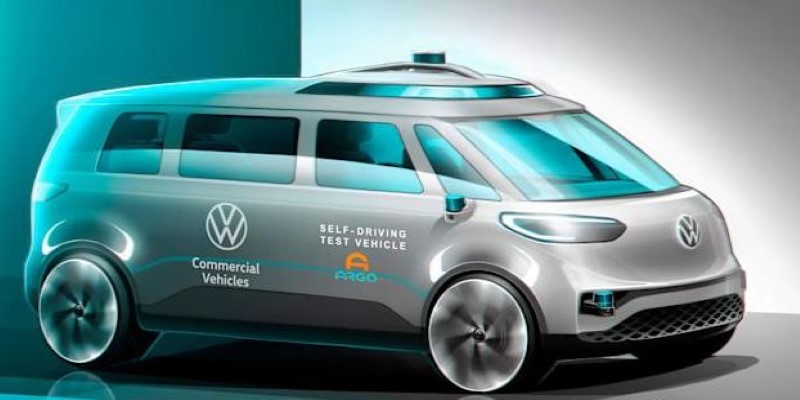
The AI has been trained on millions of miles of driving data, enabling it to handle varied conditions, including crowded city streets, open highways, sharp curves, and sudden stops. Its machine learning foundation means it continues to improve through both simulation and real-world testing, learning from each experience to make better decisions in the future.
One standout feature is its ability to anticipate what others on the road are likely to do next. The system can predict when a nearby car may attempt to change lanes or when a pedestrian might step off the curb. This predictive capability makes driving smoother and safer, reducing the likelihood of accidents by acting before danger arises.
The system is designed to adjust driving behavior based on weather, lighting, and road surface conditions, giving it a level of adaptability that previous generations of autonomous systems lacked. Initially, Volkswagen plans to utilize the technology for advanced driver-assistance features, including lane centering, adaptive cruise control, and highway hands-free driving. As the system matures and is proven safe, it may eventually support fully autonomous driving in specific areas.
Developing an in-house self-driving system comes with significant challenges. It requires major investments in hardware, computing infrastructure, and expertise in fields such as robotics and data analysis. Ensuring that the system works reliably under all driving conditions is one of the biggest hurdles, especially with regulators requiring extensive proof of safety.
Volkswagen has expanded its AI and software development teams, bringing together specialists to tackle these challenges. By keeping everything in-house, Volkswagen avoids having to adapt someone else's system to its vehicles, which can be inefficient and limit its ability to innovate. This also helps lower long-term costs, as the company won't pay ongoing fees to license external technology.
Control over the entire process also enables Volkswagen to adapt the system for different markets. Driving habits, traffic laws, and infrastructure vary from country to country, and the company can now tune its system accordingly. Developing everything internally means faster updates and better integration with vehicle design, giving Volkswagen a competitive edge over those who rely on outside providers.
This step is also about staying competitive in the long term. As cities begin to rethink how vehicles fit into urban life, and as demand grows for commercial applications such as delivery vans and shuttles, Volkswagen will already have a tested, adaptable platform ready to go.
The in-house AI-powered self-driving platform is part of Volkswagen’s broader vision for the future. The company plans to roll out advanced features based on the system in its production vehicles within the next few years. Testing is already underway in Germany, with plans to expand trials to other countries as more data is collected.
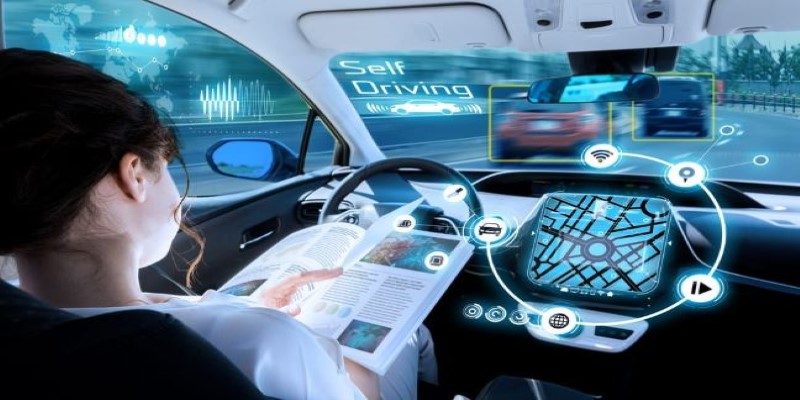
Building driver trust is central to the rollout. Volkswagen insists it will introduce autonomous features only when proven safe and reliable. Real-world testing and advanced simulations are refining the system before customer release.
The technology is intended to go beyond personal vehicles. Volkswagen sees potential for the AI platform in self-driving commercial vehicles, including delivery trucks and shared shuttles. These could reduce congestion, improve business efficiency, and address rising demand for smarter urban transportation.
Volkswagen is positioning itself not just as an automaker but as a future mobility solutions provider. Developing the system in-house shows its intent to stay competitive in a changing industry while controlling its innovation.
Volkswagen's in-house AI-powered self-driving technology shows its confidence in meeting future vehicle demands. This move allows greater control, innovation, and customization while preparing for a world where autonomous vehicles are more common. By tackling the challenges directly, Volkswagen focuses on long-term safety and competitiveness. Time will reveal the success of this strategy, but it clearly demonstrates the company's determination to define its path in the evolving automotive industry.
Advertisement

Building smart AI agents with LangChain enables developers to create intelligent agents that remember, reason, and act across multiple tools. Learn how the LangChain framework powers advanced prompt chaining for real-world AI automation
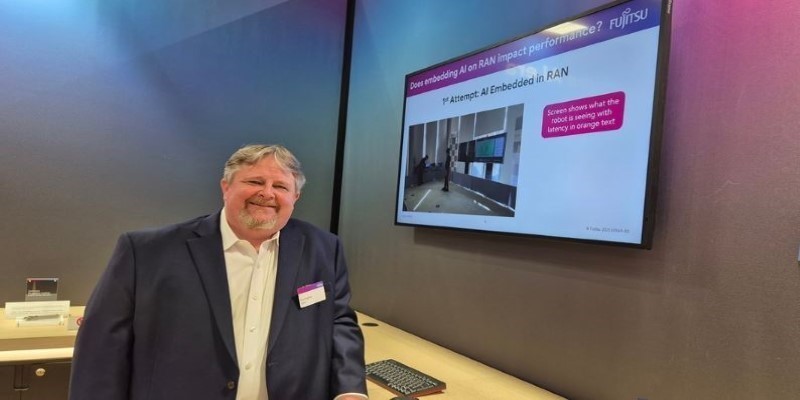
Fujitsu AI-powered biometrics revealed at Mobile World Congress 2025 claims to predict crime before it happens, combining real-time behavioral data with AI. Learn how it works, where it’s tested, and the privacy concerns it raises
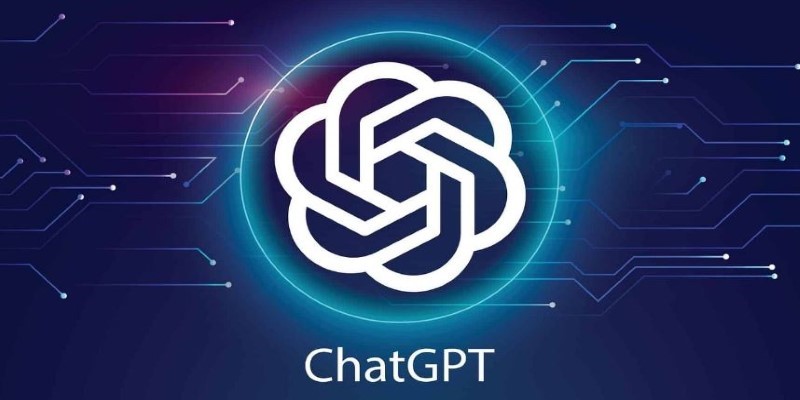
Understand the real-world coding tasks ChatGPT can’t do. From debugging to architecture, explore the AI limitations in programming that still require human insight

A former Pennsylvania coal plant is being redeveloped into an artificial intelligence data center, blending industrial heritage with modern technology to support advanced computing and machine learning models

Gemma Scope is Google’s groundbreaking microscope for peering into AI’s thought process, helping decode complex models with unprecedented transparency and insight for developers and researchers

Gain control over who can access and modify your data by understanding Grant and Revoke in SQL. This guide simplifies managing database user permissions for secure and structured access

Discover DuckDB, a lightweight SQL database designed for fast analytics. Learn how DuckDB simplifies embedded analytics, works with modern data formats, and delivers high performance without complex setup

Understand how TCL Commands in SQL—COMMIT, ROLLBACK, and SAVEPOINT—offer full control over transactions and protect your data with reliable SQL transaction control

How the AI Robotics Accelerator Program is helping universities advance robotics research with funding, mentorship, and cutting-edge tools for students and faculty
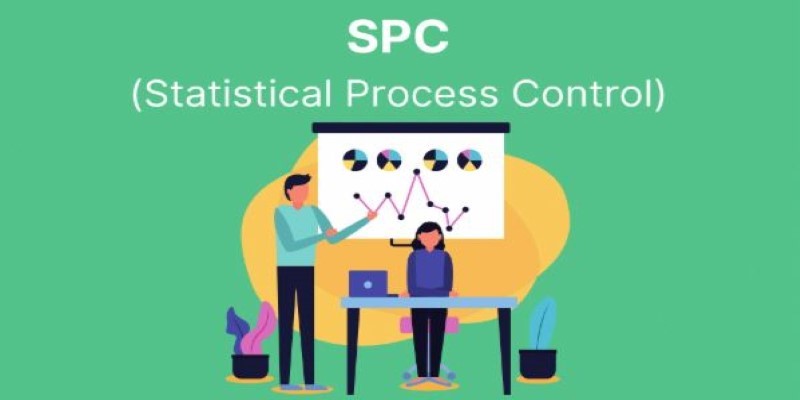
Statistical Process Control (SPC) Charts help businesses monitor, manage, and improve process quality with real-time data insights. Learn their types, benefits, and practical applications across industries
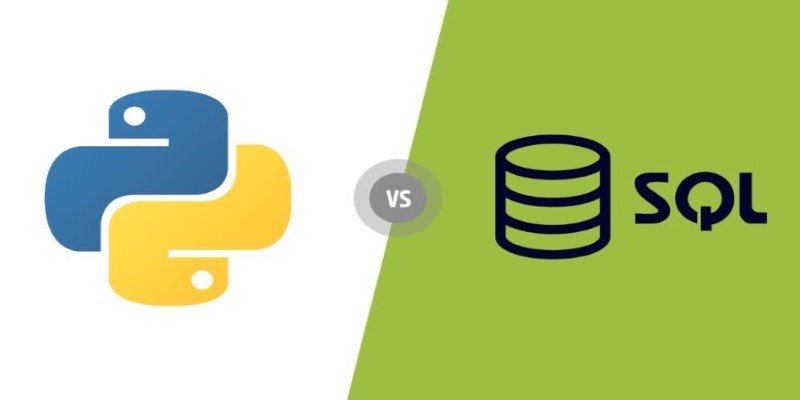
Find out the key differences between SQL and Python to help you choose the best language for your data projects. Learn their strengths, use cases, and how they work together effectively

How the Chain of Verification enhances prompt engineering for unparalleled accuracy. Discover how structured prompt validation minimizes AI errors and boosts response reliability